****ATTENTION**** IF YOU WANT TO SEE OUR UPDATED FOOTBALL STUDS POST CLICK HERE:
We are going to review all the studs that exist for conventional soles, i.e. FG soles (for natural grass or the latest generation of artificial grass) and SG soles (for natural grass). We will not go into detail about all the possibilities offered by the specific soles (Turf, AG, Artificial Grass, HG etc etc...).
- Tapered aluminium studs (for six-support boots).
- Conical rubber studs (for boots with more than 10 supports)
- Argentinian cleats.
Some brands such as Nike are already starting to use these studs for their SG soles:
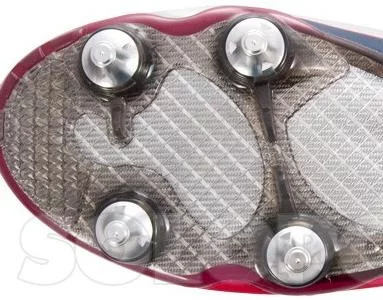
In the 90's a new type of cleats started to appear, instead of being conical they were elongated and the aim was for each cleat to have traction in a specific direction. The wider face of the knobs is oriented towards different places. This face is the one that provides traction to the sole. The central lugs are for traction during starts and braking. The side lugs are for changes of direction.
- FG elongated studs

- SG elongated studs
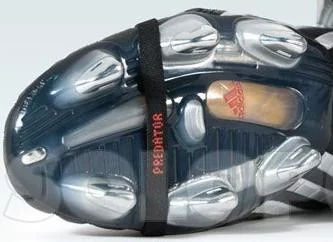
- Hybrid SG studs:

Shortly afterwards, specialised boots for different player profiles were born, among which the most important were those for players looking to exploit their speed to the maximum. The study of the soles of these players is key, and here Nike was the one that took a step forward with the triad studs. These are three extremely thin elongated studs joined at one end to obtain three traction positions for each stud:
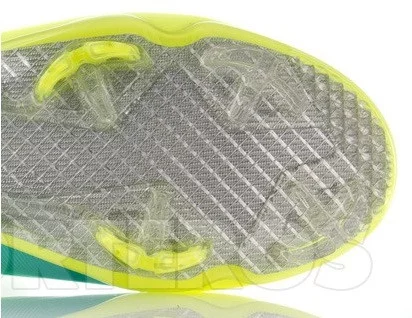
Another innovation from the American brand with specific players in mind is the outsole for midfield players. Players who usually pivot on a support foot and need to have a certain rate of rotation and who also use the outsole as a contact zone with the ball, i.e. they step on the ball as part of their game. This is how the special stud arrangement of the CTR 360 was born:
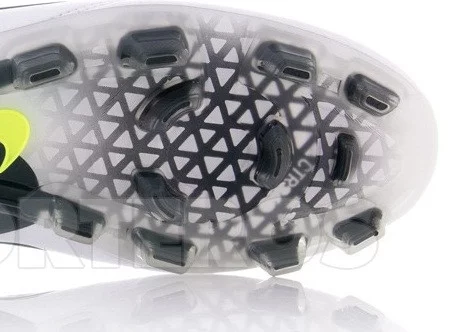
And finally, as a curiosity regarding studs, adidas has released a new system of traxion studs (called Traxion 2.0 and currently used in the F50 adiZero and in the future also in the Predator) that instead of being elongated are triangular based, thus achieving three areas with a larger traction surface instead of the usual two in the elongated studs. As a curiosity, these studs are normally accompanied by a central stud with four edges that serves as a pivot point and as an element of maximum traction, since whatever the movement we are doing, the central stud almost always receives the load:
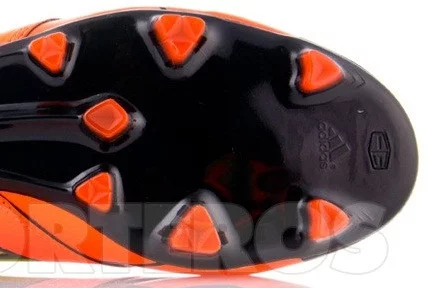

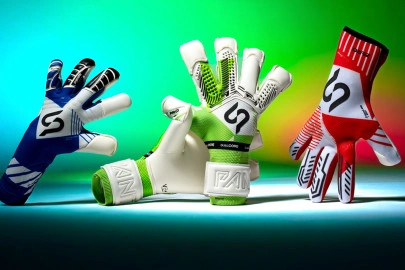
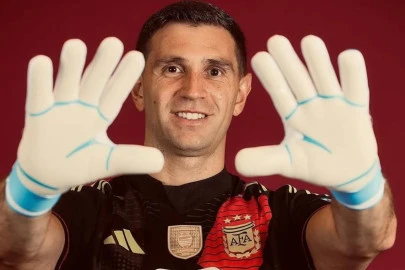
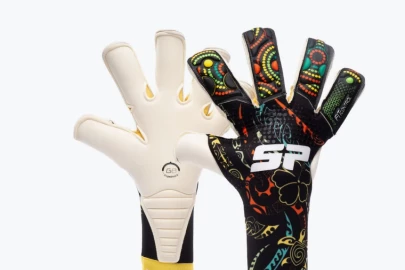
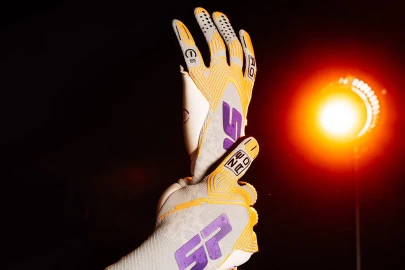
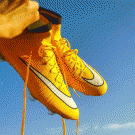
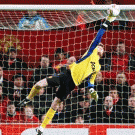



Log in or
create your account
Your best self starts here. Come in and get in your prime